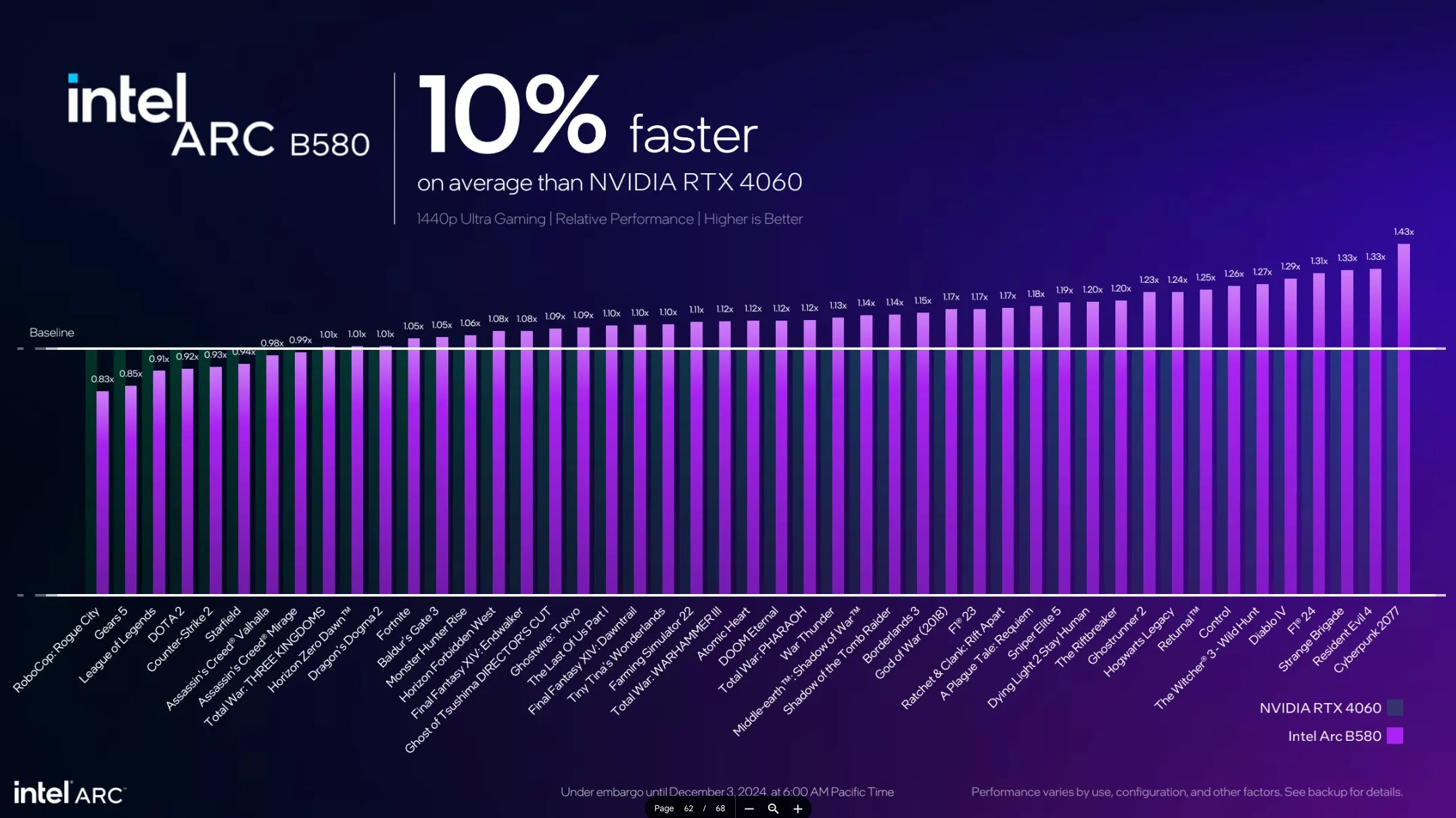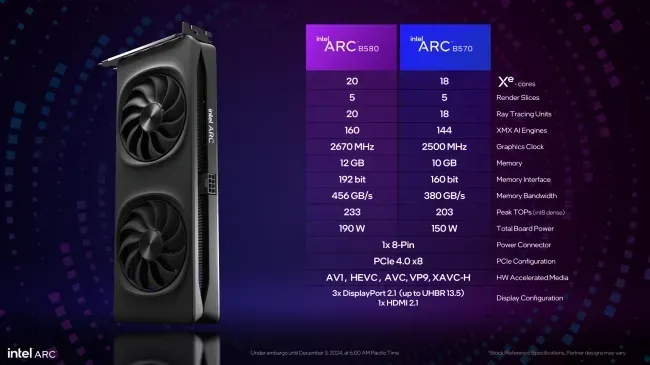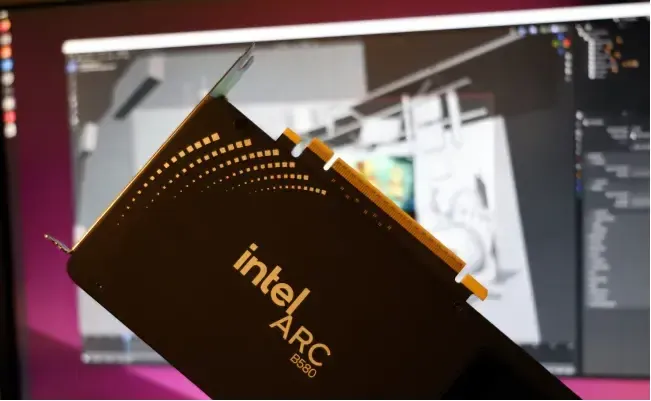The Intel Arc B580 graphics card is generating significant interest for its promising GPU compute potential, emerging as a strong contender in the competitive landscape of Linux-compatible GPUs.

With benchmarks comparing its performance to Intel’s Arc A-Series, AMD’s Radeon RX 7000 series, and NVIDIA’s GeForce RTX 40 series, the B580 showcases the evolution of Intel’s Battlemage/Xe2 architecture and its readiness to tackle productivity workloads.
Open-Source GPU Performance
The Arc B580 benefits from Intel’s fully open-source driver stack, making it a compelling choice for Linux enthusiasts and professionals.
For optimal performance, users need Linux kernel version 6.12 or later, with the most recent Mesa graphics stack (24.3+) ensuring smooth graphics workloads.
GPU compute tasks, however, demand Linux 6.13 Git for cutting-edge features and enhancements.
Intel’s Compute Runtime (v24.45.31740.9), paired with the Intel Graphics Compiler (IGC) v2.1.12, forms the backbone of its GPU compute capabilities.
While some minor bugs persist, the hardware and software stack demonstrates steady progress, promising greater stability and efficiency in future updates.
The Competitive Landscape
Benchmarks for the Arc B580 were conducted on Ubuntu 24.10 Linux, utilizing an Intel Core Ultra 9 285K Arrow Lake desktop. To provide a comprehensive comparison, tests included a diverse range of GPUs:

-
Intel Arc Series: Alongside the B580, the A580, A750, and A770 were evaluated.
-
AMD Radeon RX 7000 Series: From the RX 7600 to the flagship RX 7900 XTX, offering a glimpse into AMD’s high-performance lineup.
-
NVIDIA GeForce RTX 40 Series: Covering models such as the RTX 4060 and RTX 4070 Ti SUPER, known for their dominance in both gaming and productivity applications.
AMD GPUs ran on the latest ROCm 6.3 drivers, while NVIDIA leveraged the R565 driver, ensuring all cards operated with their most current software stacks.
Why the Arc B580 Stands Out
What sets the Arc B580 apart is Intel’s dedication to open-source development.
Unlike competitors who often rely on proprietary drivers, Intel’s approach ensures transparency, adaptability, and rapid updates.
The Battlemage/Xe2 architecture, central to the B580, is fully supported in the upstream Linux kernel, a rarity for new hardware.
The results reveal the B580’s capability as a productivity powerhouse, particularly for OpenCL and Level Zero tasks.
While still maturing, Intel’s driver ecosystem shows great promise, making the Arc B580 a viable choice for developers, researchers, and professionals seeking robust GPU compute performance on Linux.







